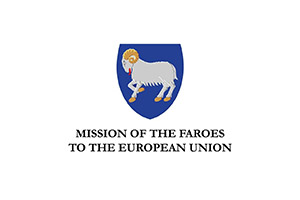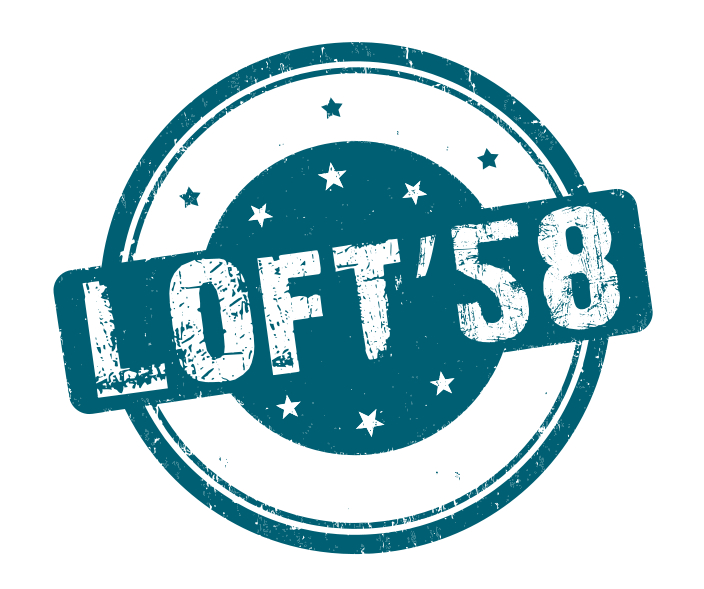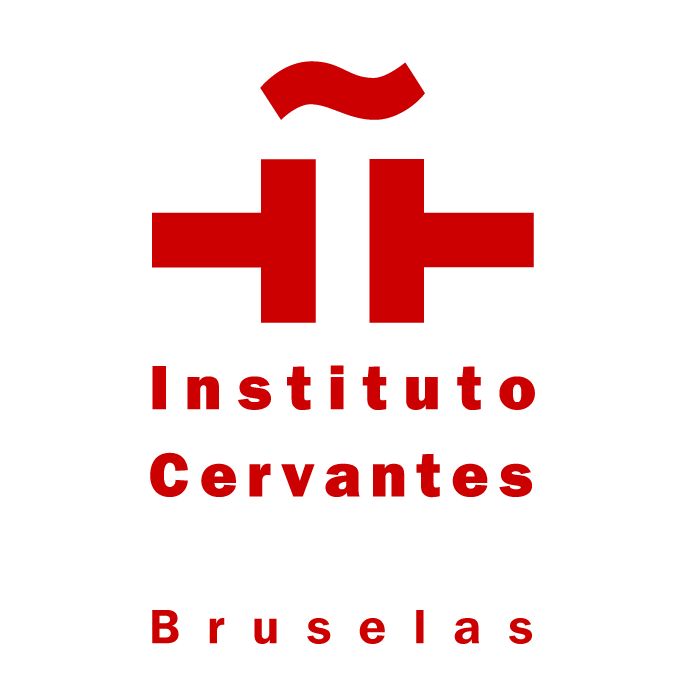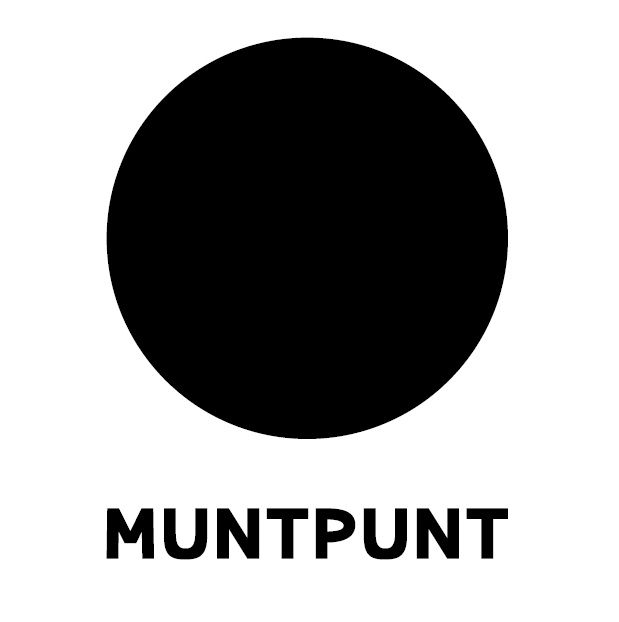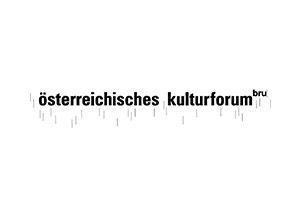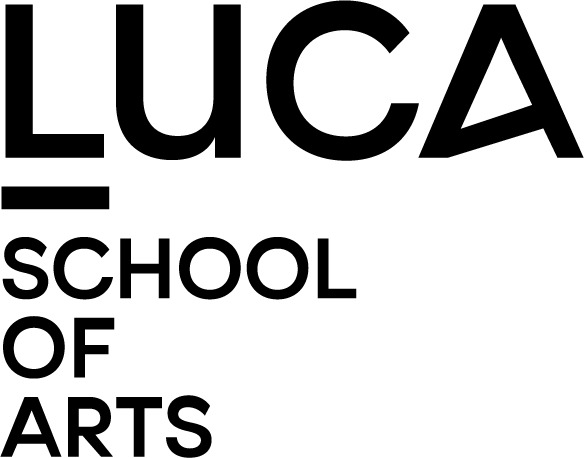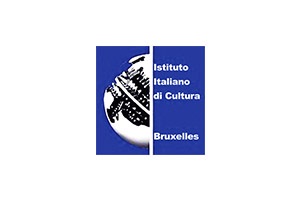Find a poet
Latest updates
-
TRANSPOESIE 2025
09/24/2025 -
Transpoesie 2025 - Programme
09/24/2025 -
Transpoesie 2025 - Open Call
04/16/2025
K. P. CAVAFY
Constantine Petrou Photiades Cavafy (as he wanted the family name to be spelled in English), son of Peter-John Ioannou Cavafy and Charicleia Georgaki Photiades, was born in Alexandria on 29 April 1863. Both his parents were natives of Constantinople, and Constantine was proud of his heritage and his illustrious ancestors. His Phanariote great-grandfather Peter Cavafy (1740-1804) was Secretary of the Ecumenical Patriarchate, while his Phanariote great-great-grandfather John Cavafy (1701-1762) was Governor of Jassium, as was his great-grandfather Michael Scarlato Pantzo (brother of Meletius, Patriarch of Alexandria), while his great-great-great-grandfather Theodosius Photiades (brother of Cyril, Bishop of Caesarea Philippi) was an Official of the Ottoman Government.
Cavafy was a cosmopolitan by birth, his family roots extending from Constantinople to London (via Alexandria, Trebizond, Chios, Trieste, Venice and Vienna), and was the youngest of seven brothers (two more elder siblings, a boy and the sole girl, died in infancy).
His father, Peter-John, the fourth child of five, proved to be an astute merchant (his own father had also been a merchant and a landowner). Holding dual citizenship (Greek and British), he set up offices in Constantinople, London and Liverpool, before establishing firm and family in Alexandria, where he was one of the founders of the Greek Community. The Cavafy family flourished there both financially and socially, but Peter-John’s death in 1870 forced the surviving members of the family to move to England in 1872, when Constantine was nine years old.
His mother, Charicleia, the eldest child of eight, was a practical person. Her father was a gem merchant, and married off Charicleia to Peter-John when she was about fourteen years old. As her husband was mostly away on business, she spent the first couple of years of marriage at her in-law’s and later set up house in England, where Peter-John hired tutors for her education. After his death, Charicleia returned to England in order to be close to the family of her brother-in-law George Cavafy, who was running the Cavafy firm.
As family fortunes declined, Charicleia lived in Liverpool for almost two years, then moved to London for roughly the same amount of time, then back to Liverpool for less than a year. The firm «Cavafy & Co.» dissolved in 1876, and in 1877 Charicleia and her younger children returned to Alexandria, settling in an apartment instead of the townhouse of old.
Not much is known about the five years that Constantine spent in England, save that he attended school there and that he spent some summer vacations in Dover. We do know that in Alexandria he attended the «Hermes» school, where he made his first close friends in the persons of Mike Ralli, John Rhodokanaki and Stephan Skylizzi, that he was borrowing books from public libraries and that he had started drafting his own Historical Dictionary at age eighteen.
Cavafy’s second Alexandrian period was cut short in less than five years by local unrest. Charicleia, sensing that an invasion was imminent, packed her family once again and sailed to her father’s home in Constantinople, just two weeks before the British fleet bombarded Alexandria. The Cavafy home was destroyed in the ensuing fire, and with it all of Constantine’s books and papers. Thus the first surviving manuscript we have of Cavafy is the journal he kept on the journey to Constantinople, and the first surviving poem in manuscript is «Leaving Therapia», written in English and dated at 2:30 p.m. on 16 July 1882.
In Constantinople, the nineteen-year old Cavafy met his numerous relatives and became acquainted with the legendary Queen City of the Greeks, the seat and capital of Greekness. It was there and then that he started researching his ancestry, trying to define himself as a young man in the wider Hellenic context, preparing for a career in politics or journalism. It was also there and then, according to one source, that he had his first homosexual experience. «Themes of my poetry were fashioned, and the area of my art was mapped out, in the wanton days of my youth», he was to write many years later.
Most of his brothers had returned to Alexandria in the meantime, in order to work and sustain the family. Charicleia and Constantine (who had already started writing poems and articles) remained in Constantinople, awaiting payment of the insurance indemnity for their destroyed house. As much as Constantine enjoyed living in Constantinople, he was eager to return home. The indemnity was paid in September 1885, and the Cavafys sailed to Alexandria one month later, where Constantine faced the ruins of his former house. During the same month, joint British and Ottoman rule was imposed in Egypt, and young Constantine renounced his British citizenship.
This political act was not inconsequential in the British-run Protectorate of Egypt: when Constantine was finally able to gain employment in 1892 in the Third Circle of Irrigation at the Ministry of Public Works of Egypt, he was hired as a temporary clerk, since his Greek citizenship excluded him from any permanent position. Being an assiduous and conscientious worker, Cavafy managed to hold this temporary position (renewed annually) for thirty years. He was always mindful of his finances, both out of necessity and out of vanity: he recalled the affluent days of his childhood and strove to halt the family’s declining fortunes. He started working at the Alexandrian Stock Exchanges early on, and was a registered broker from 1894 to 1902. He was also gambling systematically, entering his gains and losses in a «Gambling Notebook» which he kept until 1909. This parallel source of income, along with some shrewd investments, enabled him to live in relative comfort for the rest of his life.
Cavafy started publishing poems and articles in Greek following his second return to Alexandria. His first published text was an article entitled «Coral, from a Mythological Viewpoint» in the newspaper Constantinople on 3 January 1886. Three months later, on 27 March, he published his first poem, entitled «Bacchial», in the Leipzig periodical Hesperus. Around that time came the first in a series of deaths that would leave their mark on him: in April 1886 his friend Stephan Skylizzi died, then in 1889 his friend Mike Ralli, in 1891 his brother Peter-John and his uncle George Cavafy, in 1896 his grandfather George Photiades, in 1899 his mother, in 1900 his brother George, in 1902 his brother Aristeides and in 1905 his brother Alexander.
Cavafy rarely left Alexandria: he took some day trips and excursions in Egypt (especially to Cairo in the winter, as had been his father’s custom) but after 1885 he traveled abroad only five times: in 1897 he visited Paris and London (with his brother John-Constantine), in 1901 and 1903 he visited Athens (with his brother Alexander), and in 1905 he travelled again to Athens to be with the dying Alexander. His next (and ultimate) trip abroad came twenty-seven years later, once again to Athens (with Aleko and Rika Singhopoulo), for reasons of his own health.
In Alexandria, Cavafy lived with his mother and his brothers Paul and John-Constantine, who were the closest to him, not only in age: Paul was known in Alexandria as «the homosexual Cavafy», while John-Constantine was known as «the poet Cavafy» (he was an accomplished poet in English). After Charicleia’s death in 1899, Constantine lived with the two brothers until 1904, when John-Constantine moved to Cairo. Cavafy continued living with Paul, and in 1907 they moved to an apartment on rue Lepsius. In 1908 Paul traveled abroad, never to return, and Cavafy started living on his own at the age of 45. Soon his life took a marked turn: he severely limited his social life and devoted himself to poetry. He had by now discovered his own poetic voice, and he was confident of its worth.
Cavafy was fond of his two nieces, Charicleia Cavafy (daughter of Aristeides) and Helen-Anghelica-Lucia Cavafy (daughter of Alexander), but was especially tender towards Aleko Singhopoulo, the son of the Greek seamstress Helen Singhopoulo, who was employed by Cavafy’s mother. His unusual concern for Aleko (later his designated heir), coupled with their facial resemblance, led some people to speculate that Singhopoulo was Cavafy’s illegitimate son. This hypothesis is certainly valid, especially since Rika Singhopoulo (Aleko’s first wife) notes that Cavafy was bisexual into his thirties. Another, equally plausible, hypothesis has Aleko as the illegitimate offspring of one of Cavafy’s brothers, which would explain the reluctance of both men to specify the exact nature of their relationship.
Cavafy made a clear distinction between his public persona and his personal life, which became a cause celebre as soon as his poetry became popular. He was, above all, a poet (in his last passport, issued in 1932, under «Occupation» he declared «Poet») and wished to be remembered solely as a poet, with no modifiers (with the possible exception of «Hellenic»). He lived a rather unremarkable public life, offering no cause for scandal to the Alexandrian community or the
Athenian establishment, where he was under close scrutiny as the potential diasporic alternative to the native poet Kostis Palamas. The followers of Cavafy and Palamas first clashed in 1918, but all-out literary war was declared in Athens in 1924, only to end when Palamas published a brief and sober appreciation of Cavafy’s work. In 1926, during the Pangalos dictatorship, the Greek state honoured Cavafy for his contribution to Greek Letters by awarding him the Silver medal of the Order of Phoenix.
In his mature years, Cavafy’s interests were many and diverse, as evidenced by his personal papers, and by his unsigned comments published in the periodical Alexandrian Art (he had founded this magazine and was essentially running with the help of Aleko and Rika Singhopoulo). In 1932 Cavafy (who was a life-long smoker) first noticed an irritation in his throat, and in June of the same year his doctors in Alexandria diagnosed cancer of the larynx. He traveled to Athens for advanced treatment, which proved ineffectual. He was subjected to a tracheotomy depriving him of the power of speech, and resorted to communicating through a series of written “hospital notes”. He returned to Alexandria, where he died a few months later in the Greek Hospital which was close to his home (when he had moved to this apartment he had said, somewhat prophetically, «Where could I live better? Under me is a house of ill repute, which caters to the needs of the flesh. Over there is the church, where sins are forgiven. And beyond is the hospital, where we die»).
Cavafy developed a unique method for publishing his poems. He never published a collection in book form, and refused at least two such offers (one for a Greek edition and one for an English). He opted to publish his poems in newspapers, periodicals and annuals, then printing them privately in broadsheets, which he would collate in makeshift collections for any interested party. The first volume of the 154 poems which comprise his poetic Canon (he had repudiated 27 early poems) was published posthumously in Alexandria, edited by Rika Singhopoulo. This same collection was first published in Greece in 1948 by Ikaros Publishing, and was issued again by the same publisher in 1963, edited and annotated by G.P. Savidis, who first adopted the thematic sequence advocated by Cavafy. Savidis acquired the Cavafy Archive in 1969, after the death of Aleko Singhopoulo. He had already edited Cavafy’s Unpublished (or Hidden) poems in 1968, and invited scholars to study the other material resting in the Cavafy Archive, resulting in a variety of publications, most notably Cavafy’s Unfinished poems in 1994 (edited by Renata Lavagnini), Cavafy’s Prose in 2003 (edited by Michalis Pieris) and Cavafy’s Comments on his poetry (forthcoming, edited by Diana Haas).
Cavafy was introduced to the English-speaking public in 1919 by his friend E.M Forster, who used translations of selected poems by George Valassopoulo. There have been numerous translations of the Canon over the years, most notably by John Mavrogordato in 1951 (with an introduction by Rex Warner), Rae Dalven in 1961 (with an introduction by W.H. Auden), Edmund Keeley and Philip Sherrard in 1975 (edited by G.P. Savidis) and Stratis Haviaras in 2004 (with a foreword by Seamus Heaney). The international appeal of Cavafy’s poetry, as attested by the multiplicity of its translations, would not come as a surprise to the poet.
http://www.cavafy.com/companion/bio.asp

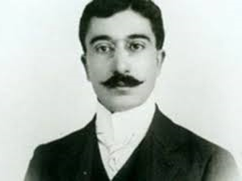
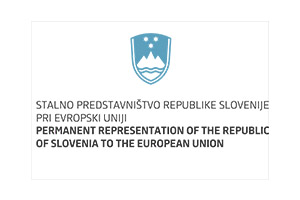
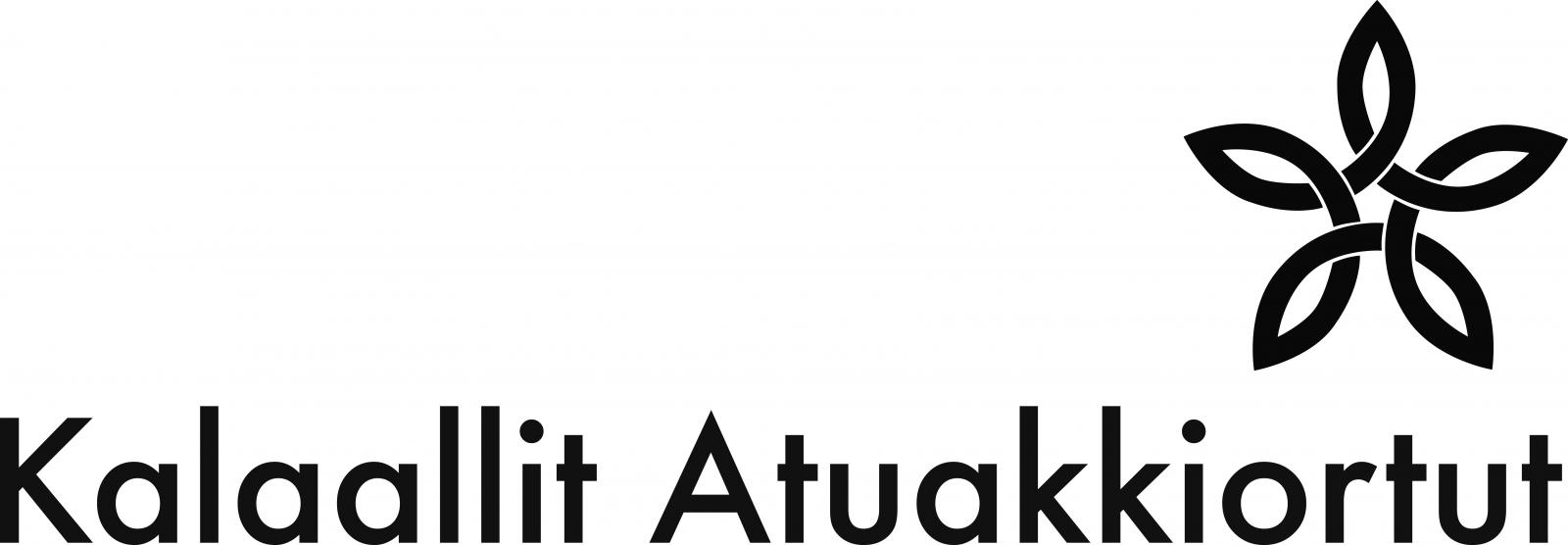
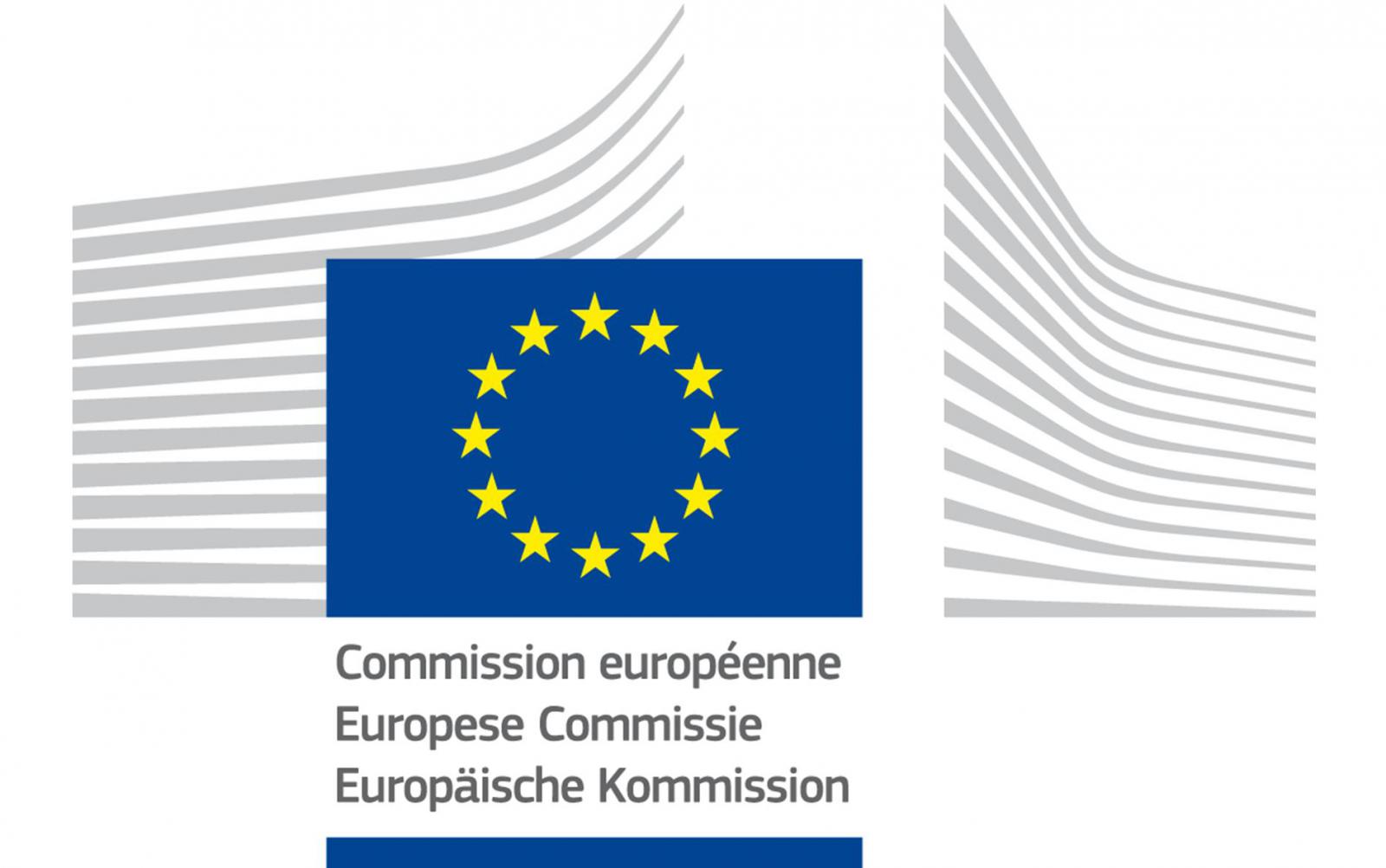
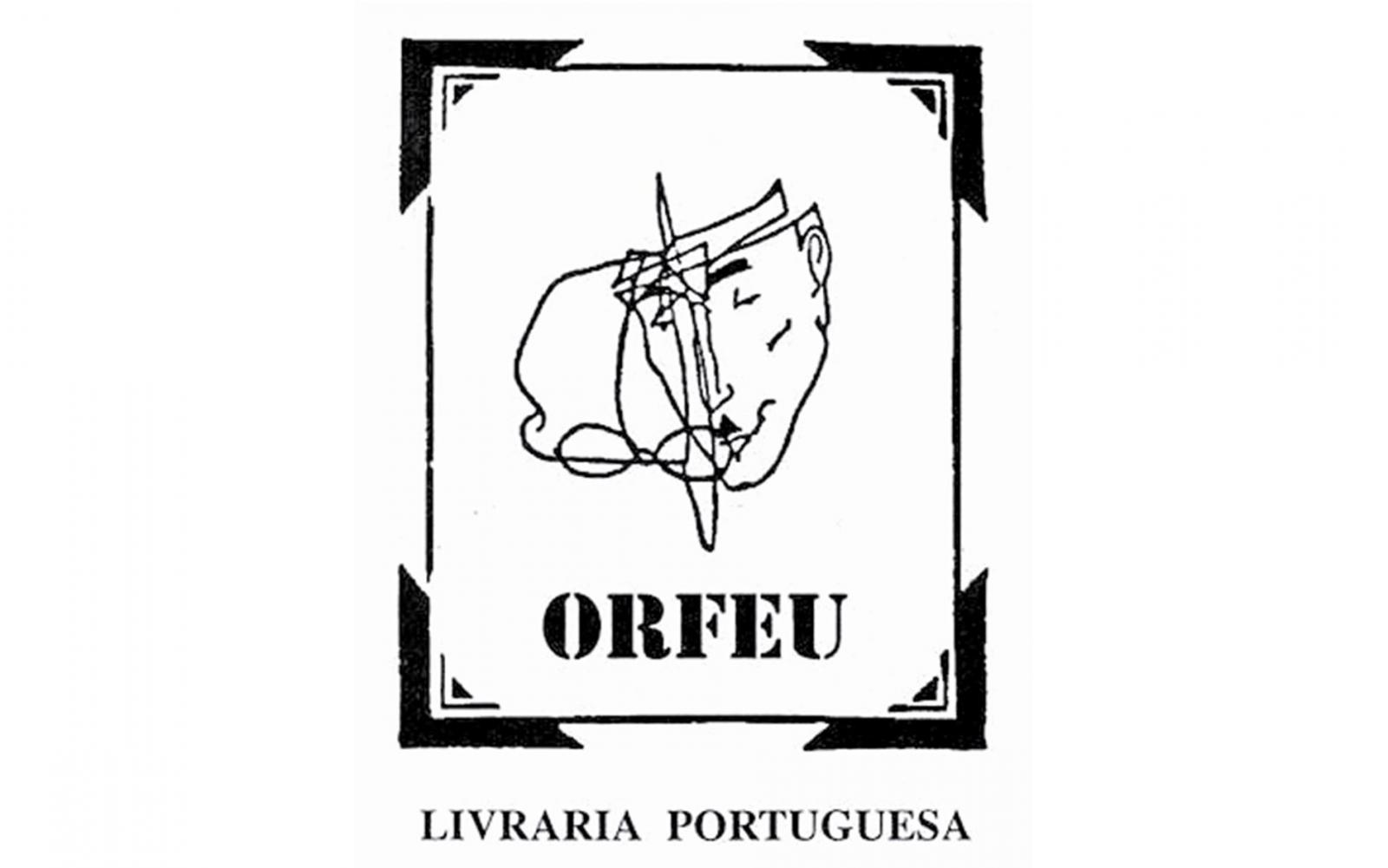

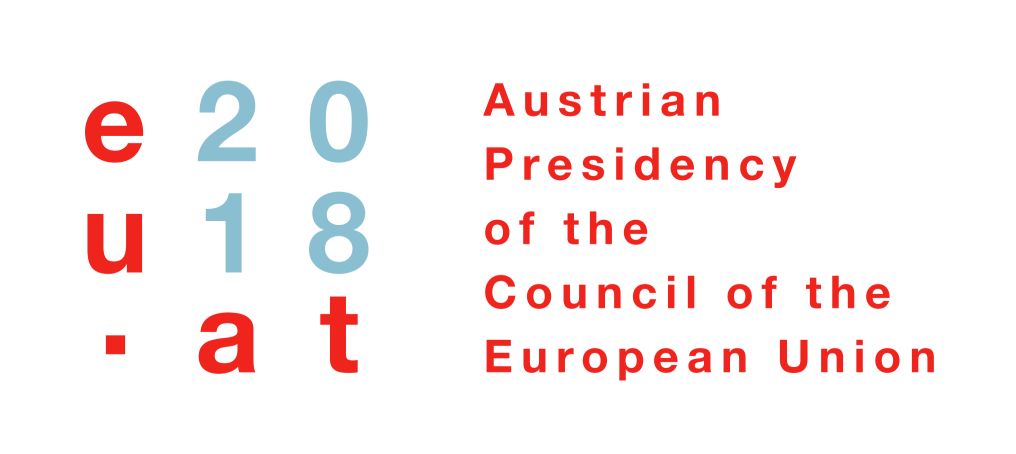



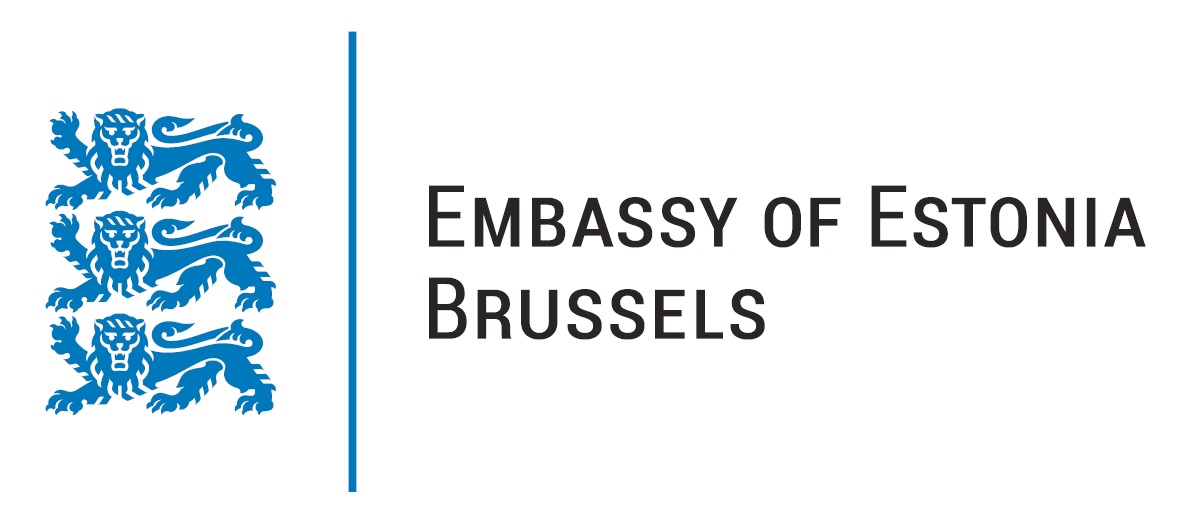


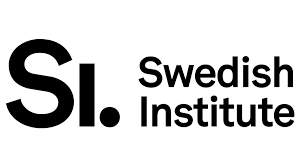

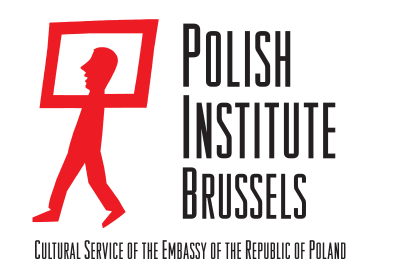

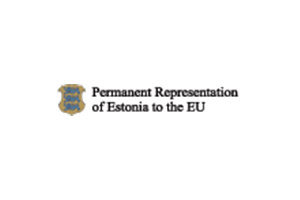
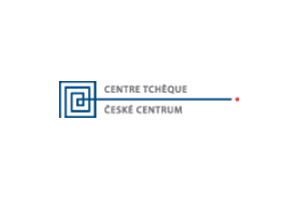
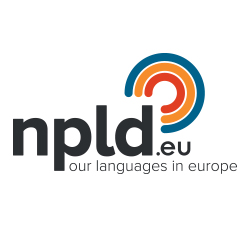
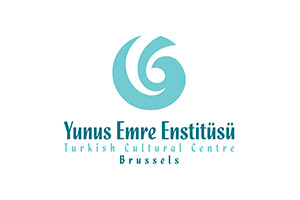
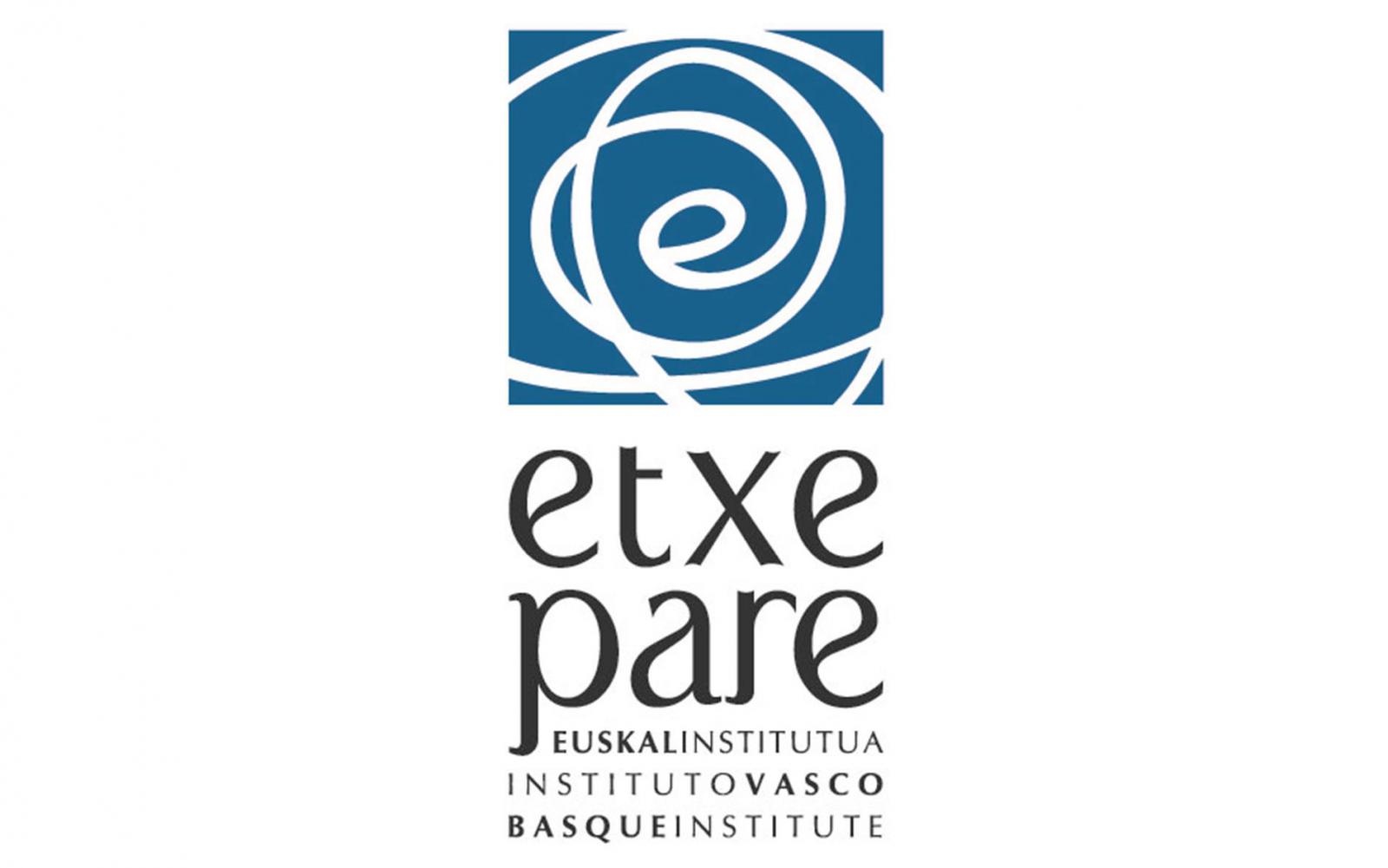


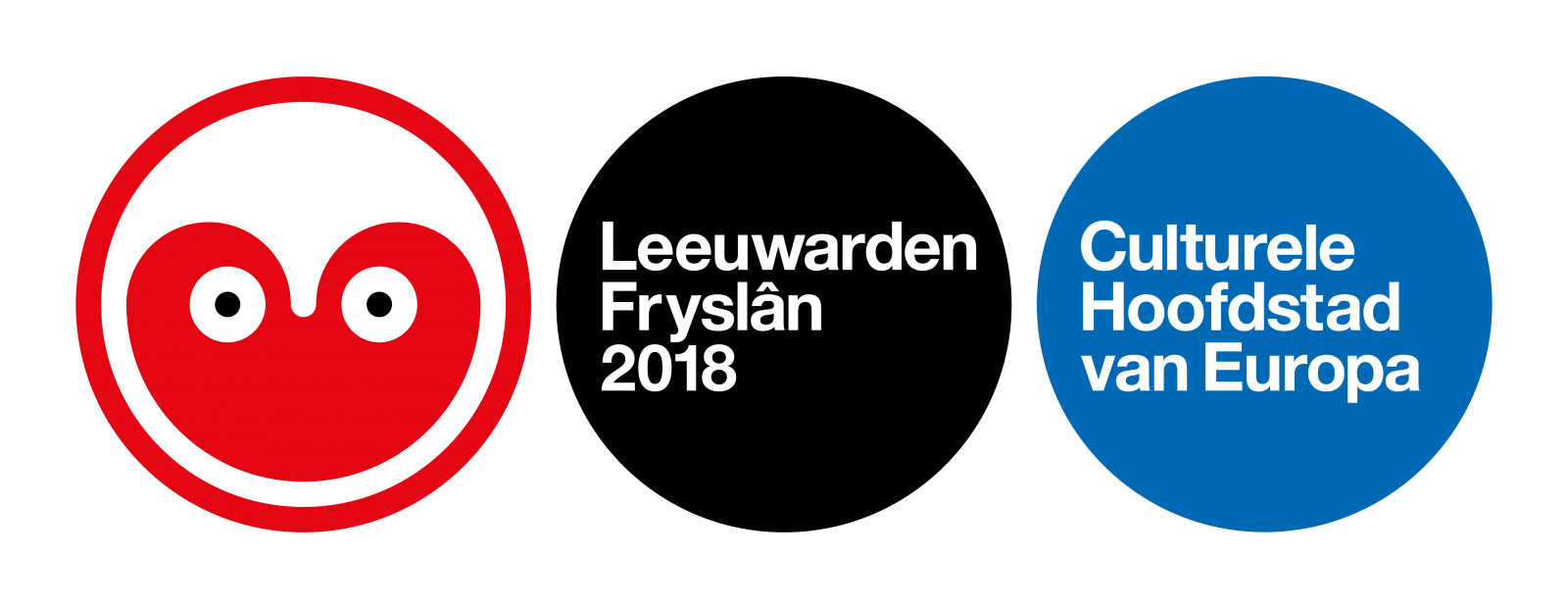

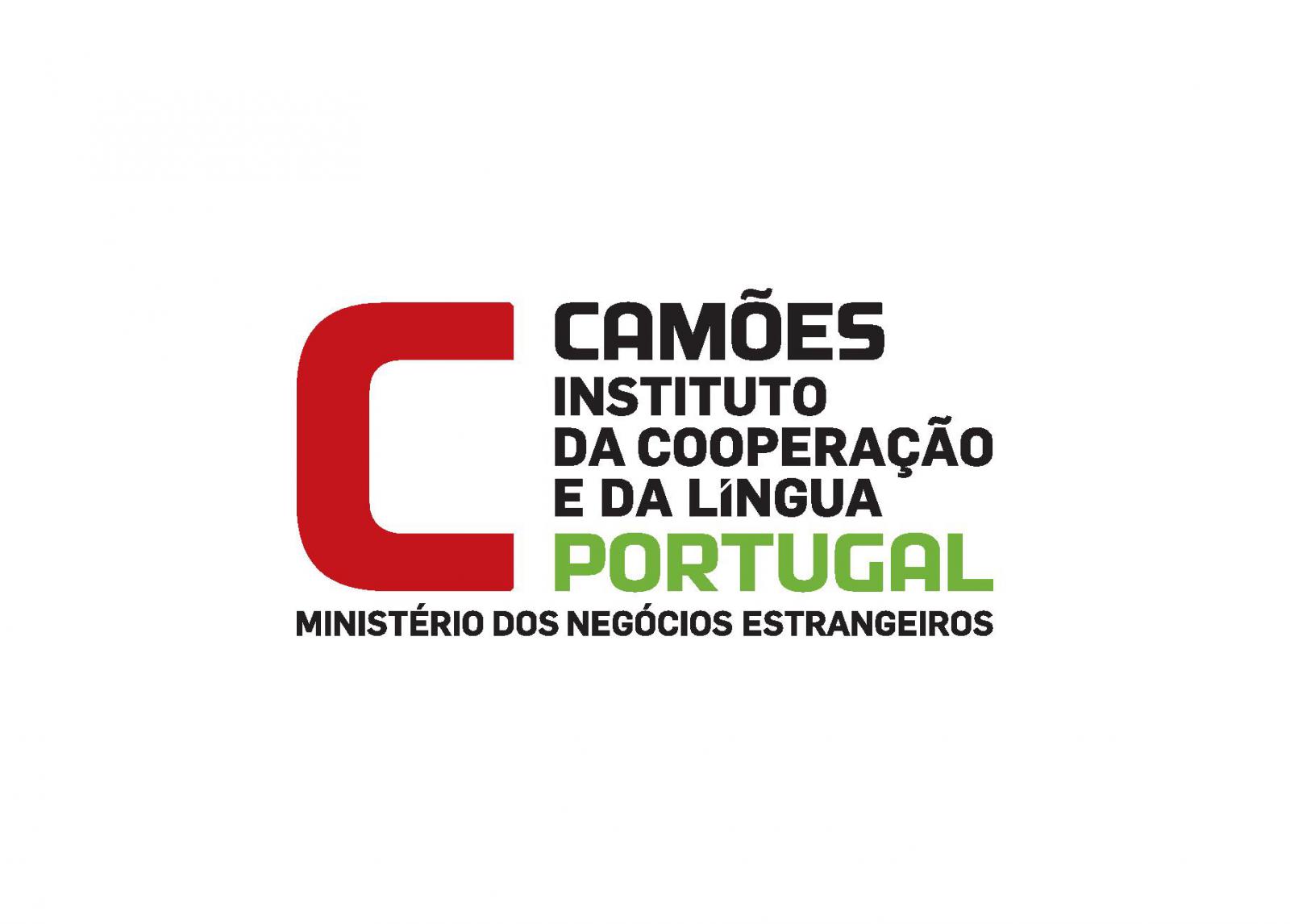
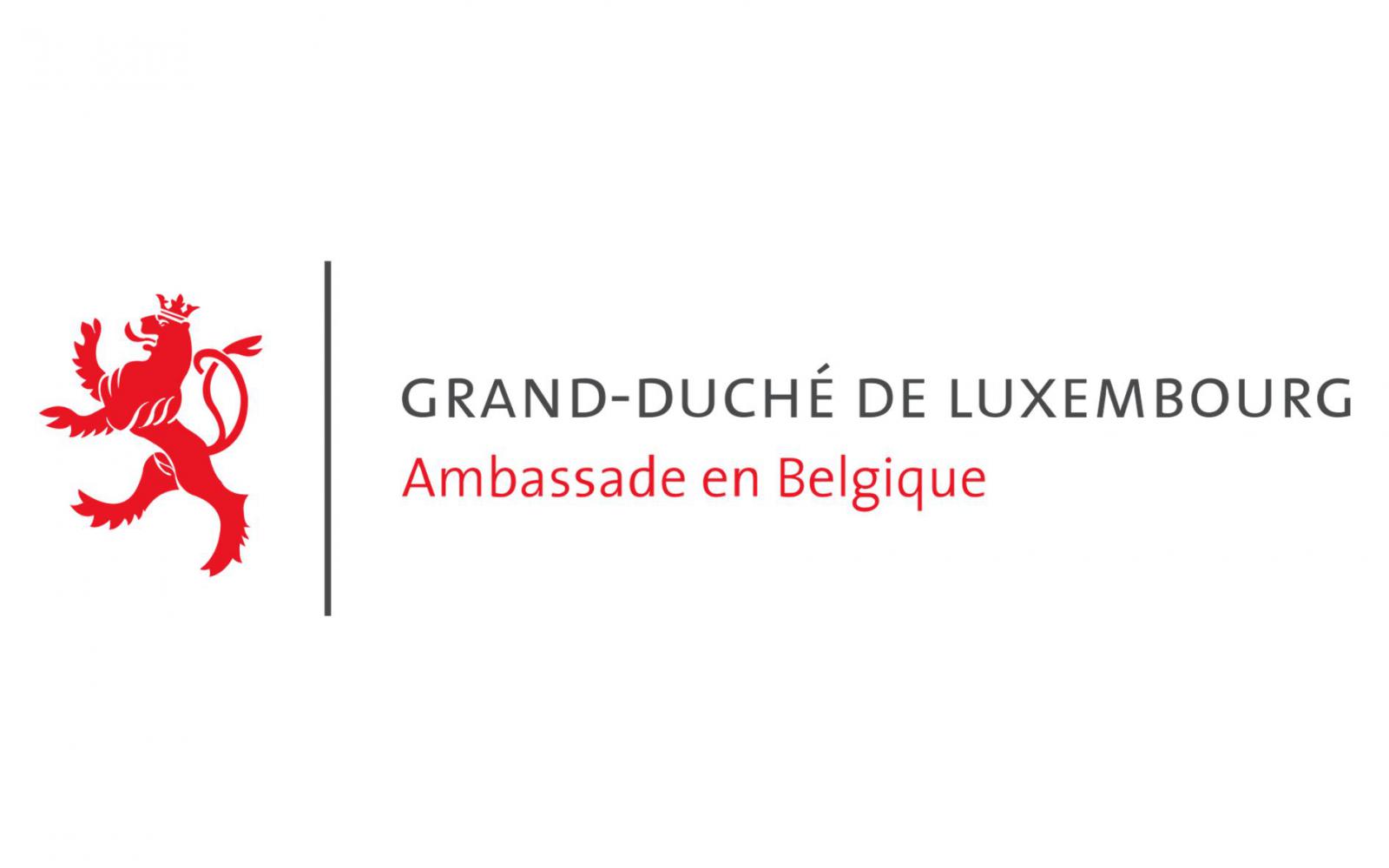

/RO - on the website.png)
